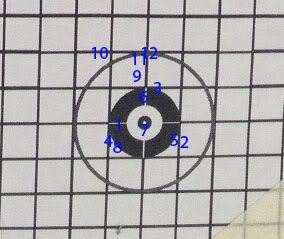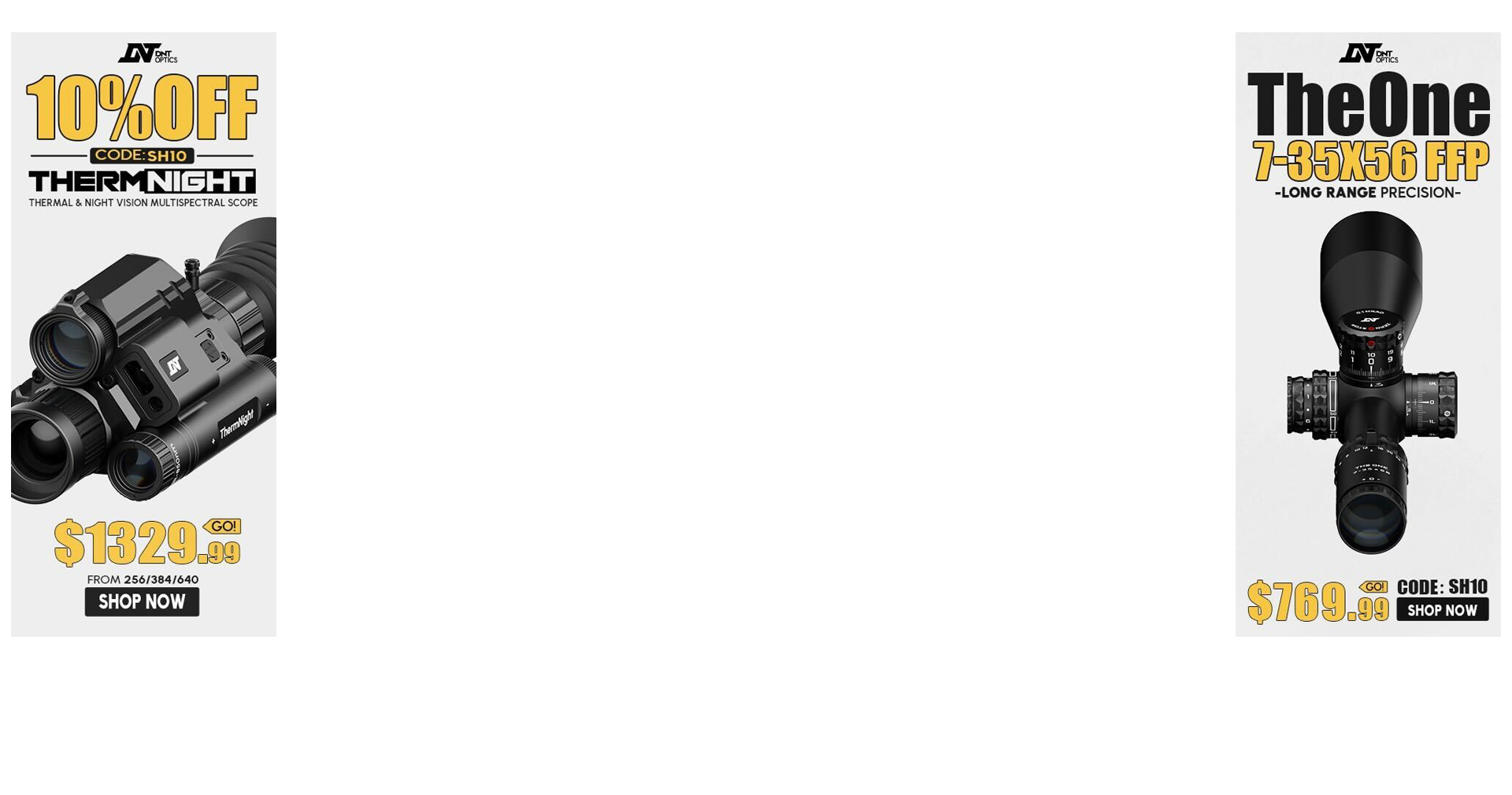So I worked up a load of 44.8gr varget in winchester brass and 175smk's. I seat it .005 into the lands.
I'm having a slight issue with it though. It seems like sometimes it will shoot just about the best damn group I've ever shot and other times it throws one. So for example, I shot 5 groups today at 100 yards. 2 groups were UNDER .25 moa. 2 groups were around .75moa, both with two of the shots almost in the same hole and the third in 'outer space'. The last group was slightly above 1 MOA. When I chrono'd this load, 5 rounds had an extreme spread of FOUR!
I don't have this problem with factory SW ammo, so I'm assuming its not me. I always grouped 95% of my groups in the .6 to .7 range, but never above .8 and almost never below .5
I remember reading before that if a node frequently gives you 2 rounds in the same whole and one out of it, then its actually a bad node.
So could this be a bad node, even with such badass ES??
I'm having a slight issue with it though. It seems like sometimes it will shoot just about the best damn group I've ever shot and other times it throws one. So for example, I shot 5 groups today at 100 yards. 2 groups were UNDER .25 moa. 2 groups were around .75moa, both with two of the shots almost in the same hole and the third in 'outer space'. The last group was slightly above 1 MOA. When I chrono'd this load, 5 rounds had an extreme spread of FOUR!
I don't have this problem with factory SW ammo, so I'm assuming its not me. I always grouped 95% of my groups in the .6 to .7 range, but never above .8 and almost never below .5
I remember reading before that if a node frequently gives you 2 rounds in the same whole and one out of it, then its actually a bad node.
So could this be a bad node, even with such badass ES??



